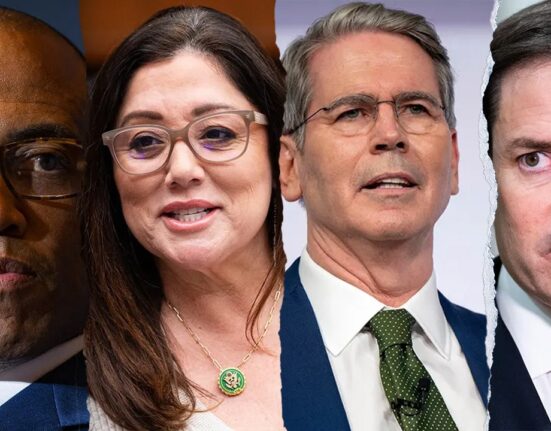In the ever-evolving world of global economics, a new era of uncertainty has dawned, casting a shadow over public debt levels that loom ominously close to post-World War II highs. The International Monetary Fund (IMF) recently sounded the alarm, cautioning that the eurozone is at risk of bearing the brunt of this impending fiscal storm.
According to the IMF’s latest Fiscal Monitor report, there is a foreboding forecast on the horizon – global public debt is projected to surge by 2.8 percentage points in 2025, reaching approximately 95 percent of gross domestic product (GDP). As we peer towards the end of this decade, an even more ominous milestone awaits with debt levels threatening to breach nearly 100 percent of world GDP.
“As significant policy changes and heightened uncertainty reshape the global economic landscape, the fiscal outlook has worsened,”
reads a stark warning from the IMF report. This clarion call underscores a growing concern within financial circles as geopolitical tensions and wavering commitments to free trade continue to dominate discussions among major economic players.
France and Germany find themselves standing precariously on shaky ground in these projections. France faces a daunting challenge as its annual deficit is poised to swell from 5.5 percent of GDP in 2025 to a staggering 6.1 percent by 2030. By then, its total public debt could skyrocket to an alarming 128.4 percent of GDP, painting a somber picture for one of Europe’s key economies.
Meanwhile, across the border in Germany, although starting from a more favorable position with overall debt remaining below 75 percent of GDP by the decade’s end according to IMF estimates; there are still concerns brewing. The Fund anticipates Germany’s budget deficit will progressively widen from 3 percent of GDP towards over 4 percent by 2030 as Berlin embarks on ambitious infrastructure and military expenditure plans.
The United States also finds itself under scrutiny with doubts cast upon its ability to meet targets set forth by Treasury Secretary Scott Bessent aimed at reducing deficits amidst escalating expenditures. According
to IMF forecasts,
Washington might fall short as it grapples with running deficits exceeding
5.5
percent of GDP come
While uncertainties loom large globally,








Leave feedback about this